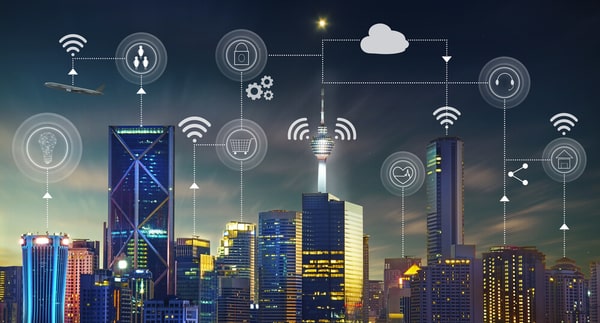
Important Technologies for Businesses Continuing to Work from Home
March 17, 2021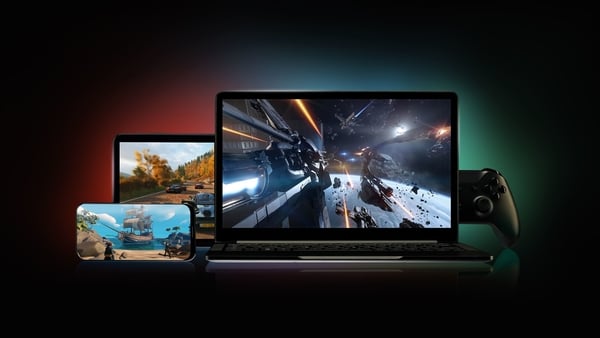
Advancements in Gaming Technology and the Need for Data Centers
March 23, 2021The Internet of Things, or IoT, refers to the network of connected devices around the world. These connected devices can be anything from smart home assistants like the Amazon Echo and Google Home, wearable technology like fitness trackers, connected driverless cars, and smart devices (smartphones, smart thermostats, smart doorbells, smart refrigerators). These are all a part of the greater network known as the Internet of Things. Whether you may have realized it or not, the network known as IoT has become quite common. Apple introduced Siri in 2011, Google launched Google Now in 2012, Microsoft introduced Cortana in 2013, and Amazon introduces Alexa and the Amazon Echo in 2014. Ever since then the world has embraced these voice-operated personal assistants. More than 50% of Americans have a voice-operated personal assistant in one form or another. This is only one part of what makes IoT the network it is. IoT has changed the landscape of our daily lives and we’re just in the beginning stages of this technology.
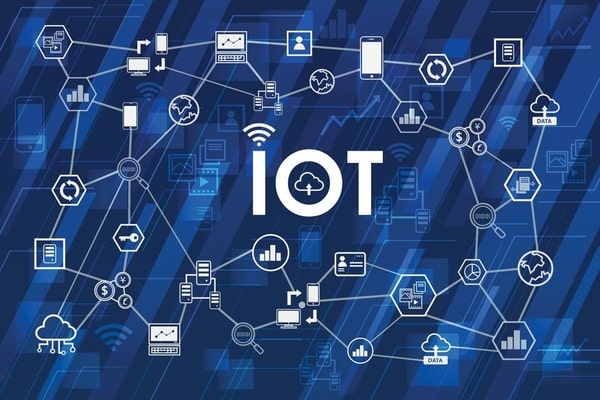
Why Is the Internet of Things Important?
The Internet of Things is a significant part of the modern world because the connectivity it allows for is unlike anything in the past. IoT can generate data from connected devices, examine this information, and make decisions to increase productivity, optimization, security, and more. In addition to our smartphones and other devices mentioned earlier, the IoT network can also and already includes vehicles, security cameras, and even entire buildings. Because of the Internet of Things, we are already on the verge of smart cities where everything is connected.
Currently, IoT is already helping businesses in several different ways including managing facilities, managing inventory, enhancing security and safety, and optimizing systems for better productivity and overall efficiency. IoT uses the knowledge, or data, it accumulates and predicts solutions before the problems can even occur. IoT and the use of artificial intelligence will continue to be important for many different individuals and industries as a whole.
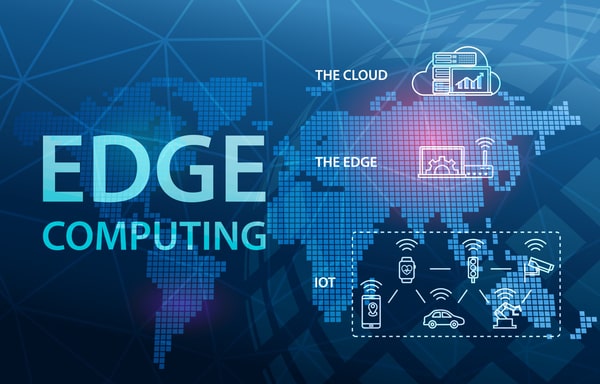
How is Edge Computing Improving the Internet of Things?
The current devices available to us are more powerful than ever before and are continuing to advance. Devices can reduce some data center loads by doing it all from the devices themselves. Edge computing reduces the latency for modern devices and at the same time depends less on data centers and the cloud. This is partly due to what is known as edge computing. IoT devices don’t rely as much on the speed of network transfer to the central server. Instead, edge computing lets data from IoT devices be evaluated at the edge of the network before sending it to the data center or the cloud.
Processing the data more locally puts less strain on data centers and at the same time improves how IoT devices work. Edge brings the power of the data service provider or at least the computing power of the provider closer to its users. Some may wonder if edge computing can take the place of data centers or the cloud, and the answer to this is no. Edge computing works with data centers to bring its power closer to the end-user.
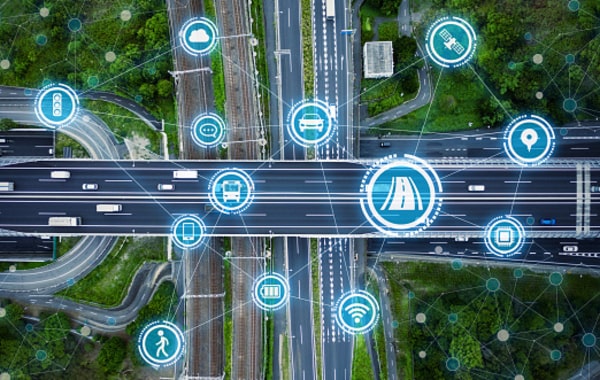
What Does the Future of the Internet of Things Look Like?
The modern world is already completely immersed in smart-connected devices and will continue to dive deeper in this direction in the future. Over 50% of Americans already have some form of a smart assistant. This number will continue to grow. Experts are predicting there will be artificial intelligent powered connected speakers in most homes in the near future. It is anticipated that there will be over 21 billion IoT devices by the year 2025.
A big part of the future of IoT will also include artificial intelligence and machine learning. Most people not only expect their smart devices to be smart, but they also expect these same devices to become even smarter as time goes on. Artificial intelligence and machine learning help record and collect data and use this information to improve itself and predict future actions.
As with other smart devices, cars will also become smarter utilizing the IoT network. Driverless cars are just around the corner. Tesla recently just announced “full self-driving beta” which isn’t quite the autonomous capable vehicle we probably think of when we think about driverless vehicles from television and film, but we are another step closer. There are 5 levels of autonomy when it comes to driverless vehicles. Level 5 is the final level where the vehicle has full autonomy and doesn’t need a driver. The current announcement of the “full self-driving beta” isn’t quite at level 3, but Tesla founder, Elon Musk, says Level 5 autonomy will happen by the end of 2021. This is big news for driverless cars and smart connected devices in general.
The network of IoT and connected devices have become popular among people all over the world, but the future will not only bring smart devices to individuals and homes, but it will also bring the rise of smart cities. A smart city where everything is connected could potentially mean better traffic management, less pollution, better overall security, and more convenience in many different aspects. We will need advancements in IoT, edge computing, and smarter data centers. The current innovations in all of these aspects of technology will be crucial for future advancements in connectivity and the idea of a smart city.
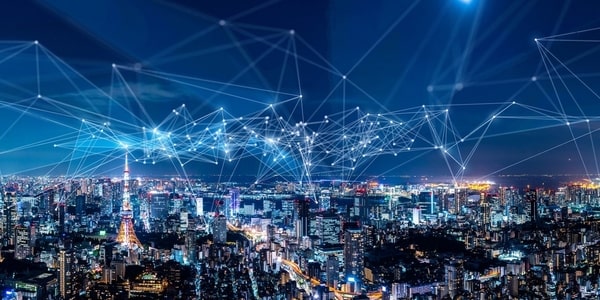
Conclusion
The connectivity that the Internet of Things and Edge computing is exciting. The idea of a smart city just seems like a natural progression of where technology will go. Seeing how far technology has come since the first introduction of smart assistants makes the concept of the smart city feel like we’re just around the corner. Although it’s only been about ten years, it’s hard to imagine not having these smart assistants help us with some of our daily tasks. A decade from now, we may look back and think the same about the smart cities we’ll be living in. The Internet of Things and edge computing will have a major impact on this and other future technological innovations that we may not have even thought about yet.
